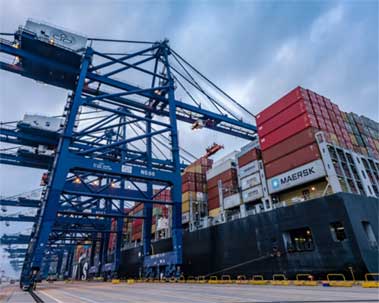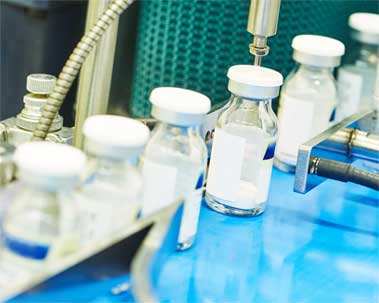The mechanical seal that works in the liquid medium is usually lubricated by the liquid film that formed between the friction surfaces of the dynamic and static rings. Therefore, it is necessary to maintain the lubrication between the friction surfaces to ensure the stable operation of the mechanical seal and extend its service life.
According to different conditions, the friction between the dynamic and static rings of mechanical seal will occur as follows:
(1) Dry friction:
There is no liquid entering into the sliding friction surface, so there is no liquid film, but only dust and oxide layer and adsorbed gas molecules. When the dynamic and static rings are running, the result must be that the friction surface is heated and the wear is intensified, resulting in leakage.
(2) Boundary lubrication:
When the pressure between the moving and static rings increases or the ability of the liquid to form a liquid film on the friction surface is poor, the liquid will be squeezed out of the gap. Because the surface is not absolutely flat and uneven, there will be contact wear in the bulge, and the lubrication performance of the liquid will be maintained in the depression, resulting in boundary lubrication. The wear and heat of boundary lubrication are moderate.
(3) Semi liquid lubrication:
There is liquid in the pit of the sliding surface, and a thin liquid film is maintained between the contact surfaces, so the heating and wear conditions are good. Because the liquid film between the dynamic and static rings has surface tension at its outlet, the leakage of liquid is limited.
(4) Complete liquid lubrication:
When the pressure between the dynamic and static rings is insufficient, so that the gap increases and the liquid film thickens. At this time, there is no solid contact and friction. However, in this case, the gap between the dynamic and static rings is large, so it can not play a sealing role with serious leakage. This situation is generally not allowed in practical application (except for controlled membrane mechanical seal).
 English
English français
français Deutsch
Deutsch Español
Español italiano
italiano русский
русский português
português العربية
العربية ไทย
ไทย čeština
čeština Polska
Polska


